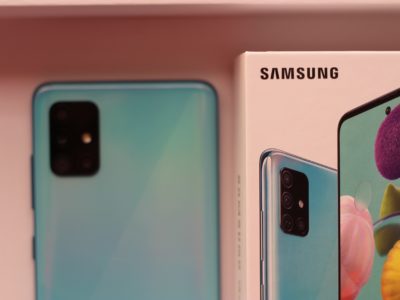5G technology is the latest talk of the town. The updated version of the 4G LTE network is considered to be the next generation of wireless technology. Just like most emerging technologies, it’s not easy to understand the details and benefits all at once. However, through this guide, we will break down everything you need to know about this new technology in the simplest way possible.
Different Types of 5G Technology
To begin with, this is one of the most important things you need to keep in mind about 5G – the latest generation of wireless technology has three different categories of technology to offer:
High-Band: It offers fast speeds, but in order to access the network you need to be close to wherever the 5G network tower is placed.
Mid-Band: It offers the right balance between high-speed connection and wider radius coverage. Although the speed is not as fast as the high-band category, it can be accessed several miles away from a cell tower.
Low-Band: It’s slower in speed compared to the other two categories but offers wide coverage that is similar to 4G.
5G Speeds
5G is here to change the way you perceive mobility and connectivity. The main benefit of 5G is the fast speeds it has to offer. High-band provides lightning-fast speed that allows you to download a full-length movie in 10 seconds compared to a 4G connection that takes seven minutes. Its mid-band speed allows you to access faster internet with your phone than a cable modem.
See the following download speed comparison (which includes both wired and wireless connections) to understand how fast 5G is:
| 3G | Up to 3.1 Mbps |
| DSL | 5-35 Mbps |
| 4G LTE | 32-53 Mbps |
| Low-band 5G | 30-250 Mbps |
| Cable | 25-400 Mbps |
| Mid-band 5G | 100-900 Mbps |
| Fiber | 250-1,000 Mbps |
| High-band 5G | 1-3 Gbps |
5G: The Next-Gen Wireless Technology
The impact of 5G is not just about providing the capability to perform internet tasks faster, but also building the capacity to support newer technology.
For e.g., in the future, we could see the lightning-fast speeds of 5G supporting high-bandwidth technologies like VR and augmented reality. This could provide companies the tools to increase virtual access to places and people. Moreover, higher bandwidths can support additional IoT devices that can be used to create smarter cities, buildings, and workplaces.
Additionally, 5G connectivity could replace traditional broadband services by providing wireless access points. This will make businesses and homes less prone to problems faced with wired connections.























Comments